Best Haircare Treatment Singapore
Maintenance and grooming of the hair is a daily routine for most people, and it is becoming increasingly common for people to invest time and money on hair care. In this article we will go through what makes healthy hair, the importance of cleansing, and the best haircare treatment Singapore, including excerpts from Haircare Bible: A Dermatologist’s Tips on Haircare and Hair Loss by Dr. Teo Wan Lin, Dermatologist at TWL Specialist Skin & Laser Centre.

Dr. Teo Wan Lin is an accredited dermatologist in Singapore, specializing in hair and scalp disorders including female pattern hair loss, seborrheic dermatitis, male pattern baldness as well as other medical causes of hair loss. She is currently providing teleconsultation services and expertly formulated scalp and haircare products. Dr. Teo is a key opinion leader on hair loss treatments and is widely interviewed by the media.
What makes healthy hair?
The characteristics of healthy hair are as follows: clean, soft to feel, shiny, untangled, has no frizz, and is bouncy when shaking your head. Having healthy hair will require not only good overall health and freedom from disease. But daily maintenance, grooming, and the best haircare treatment.
The importance of hair cleansing
We use shampoos primarily to clean the scalp of dirt and other environmental pollutants, sebum, sweat and other greasy residues from applied haircare products. Apart from this, shampoos now have the secondary function of conditioning and leaving hair smooth and shiny. Additionally, shampoo also functions to soothe irritation on the scalp in conditions like seborrheic dermatitis. Therefore, there should be a balance between cleaning and beautifying the hair achieved through the correct proportion of ingredients.
Components of a shampoo
The basic ingredients in a shampoo include detergents (or surfactants), conditioners, thickeners, opacifiers, sequestering agents, fragrances, preservatives and special additives. As primary cleansers, shampoos usually contain surfactants or synthetic detergents.
Conditioners: The purpose of conditioning is to increase hair manageability. This is done by smoothening and softening the hair shaft, to enable easy detangling. Shampoo formulations tend to add hair-conditioning ingredients to impart manageability, gloss and antistatic properties to the hair. Many note ‘2 in 1’ to indicate the presence of both cleansing and conditioning benefits.
What are 2 in 1 shampoos?
They are conditioning shampoos that can wash off dirt and at the same time disperse conditioners onto the hair shaft. Examples of conditioning ingredients are fatty substances such as vegetable oils, wax, lecithin and lanolin derivatives, protein by-products (collagen, silk, animal proteins) and silicones.
What is the technology behind 2 in 1 shampoo?
Silicones and conditioning oils help smoothen out the hair shaft. They need to be regularly dispersed upon application to the hair shaft to condition the hair. Silicones add lubricity to the hair and reduce friction that arises from combing. They make it easier to comb through and detangle strands and prevent them from becoming frizzy.
Protein substances found in conditioners function by temporarily mending split ends and holding the hair fragments together until the next shampooing takes place.
The lathering components help to cleanse off the oil, dirt and dead skin cells of the scalp.
Special Additives: To stand out in the market, certain shampoos may offer other attractive ingredients such as panthenol and pro-vitamins. However, given that the contact time of shampoo with the scalp and hair is brief, it is unlikely that these provide significant clinical benefits. Such additives function more as marketing tools. I would caution against using harsh cleansing shampoos as these can completely strip the scalp and hair of moisture, causing excessive dryness/irritation and even reactive seborrhoea. When astringents such as tea tree oil are present in these formulations, there is an additional potential of contact dermatitis due to either irritation or allergy. Hence, we avoid these ingredients in our haircare formulations.
Shampoos for special conditions
For the best haircare treatment, shampoos that target conditions such as dandruff or seborrhea (oily scalp). Add the active ingredients with a minimum contact time of 5-10 minutes during each application.
Dandruff
Dandruff is often due to the overgrowth of a yeast called Malassezia spp. Malassezia feeds off the oil on one’s scalp and chronic infection causes inflammation. This shows in the form of dandruff. Anti-dandruff shampoos rely on antifungal active ingredients that can inhibit the overproduction of yeast cells. Such ingredients include zinc pyrithione, piroctone olamine, selenium sulfide, ketoconazole, and ciclopirox. There is also incorporation of sulfur, salicylic acid, and coal tar.
Zinc pyrithione is the commonest anti-dandruff ingredient and is present at 0.5 to 1.0% while ketoconazole is often present at 2%.
If you have symptoms which do not improve with an over the counter anti-dandruff shampoo, promptly seek the care of a dermatologist who will evaluate the cause of the flaking and prescribe medicated lotions and shampoos which will stop the inflammation.
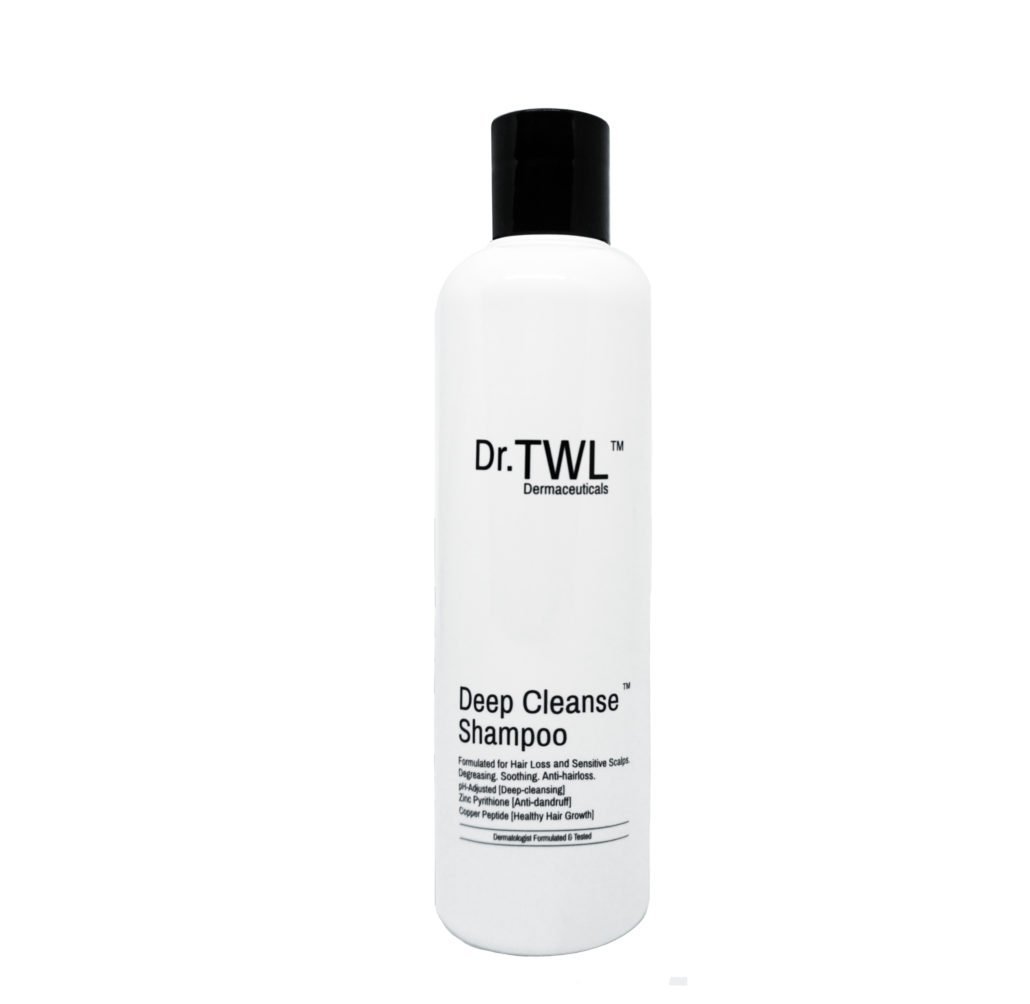
The Deep Cleanse Shampoo is formulated for hair Loss and sensitive Scalps for the best haircare treatment. It contains Zinc pyrithione for anti-dandruff action, and copper peptide for healthy hair regrowth.
Oily Scalp
For patients with oily scalps, coal tar can be an effective ingredient in reducing sebum production. But, it is not cosmetically acceptable for many patients due to its strong smell and astringent nature on the hair shaft.
In my practice, patients use a formulation containing pharmaceutical grade zinc pyrithione and salicylic acid to target excess oiliness and flaking on scalps. This shampoo is also fortified with copper peptide for its antioxidant and moisturising effects on scalp. Leave on the shampoo for a minimum of 5-10 minutes and for rinse off after for optimal effects. It achieves deep cleansing of the scalp, degreases oily scalps, calms irritated or sensitive scalp problems and improves hair regrowth.
How frequently should we shampoo our hair?
The frequency of hair washing is usually an individual preference, influenced by length of hair, culture, sex etc. Contrary to popular belief, frequent and regular cleansing with a well-formulated shampoo will not damage the hair. There is an abundance of evidence showing that mild, well-formulated shampoos do not interfere with the hair’s growth cycle, and may help fragile hair by reducing grooming force.
Conditioners
Conditioning agents can be defined as additives which enhance feel, appearance, fullness, reflectiveness, and general manageability of hair. The need for hair conditioners arose when advancements in shampoo formulation led to efficient removal of sebum from the scalp. Sebum is a natural hair conditioner that we should replenish. Therefore, conditioners work as synthetic sebum-like substance to minimize static electricity, increase shine and volume of hair.
What is the science behind wet and dry hair conditioning?
The science behind conditioning hair while wet is based on the compound coacervate. It is best understood as something with positive and negative ions reacting in the presence of water.
On the other hand, the end goal of dry hair conditioning is to deposit smoothening silicones and hair conditioning oils on the hair surface. The commonest hair oils contain silicones such as dimethicone, dimethiconol, and amodimethicone.
Why should we avoid silicone-containing hair conditioners?
Scientific studies show that when you coat the hair shaft surface with silicone, it becomes instantly smoother and covers it with a protective layer. However, this is merely a temporary illusion of healthy hair. Silicone continues to build up layer by layer and eventually weighs your hair down. Instead of appearing smooth and shiny, hair may appear greasy and dull.
What are the other alternatives available?
For the best haircare treatment, I developed the hair mask bar system for my patients with dry, brittle and unmanageable hair. I have incorporated natural proteins such as hydrolysed wheat, silk and milk proteins that directly penetrate and repair the hair shaft. These natural proteins are effective cuticle moisturizers that ensure detangled, well-nourished locks.
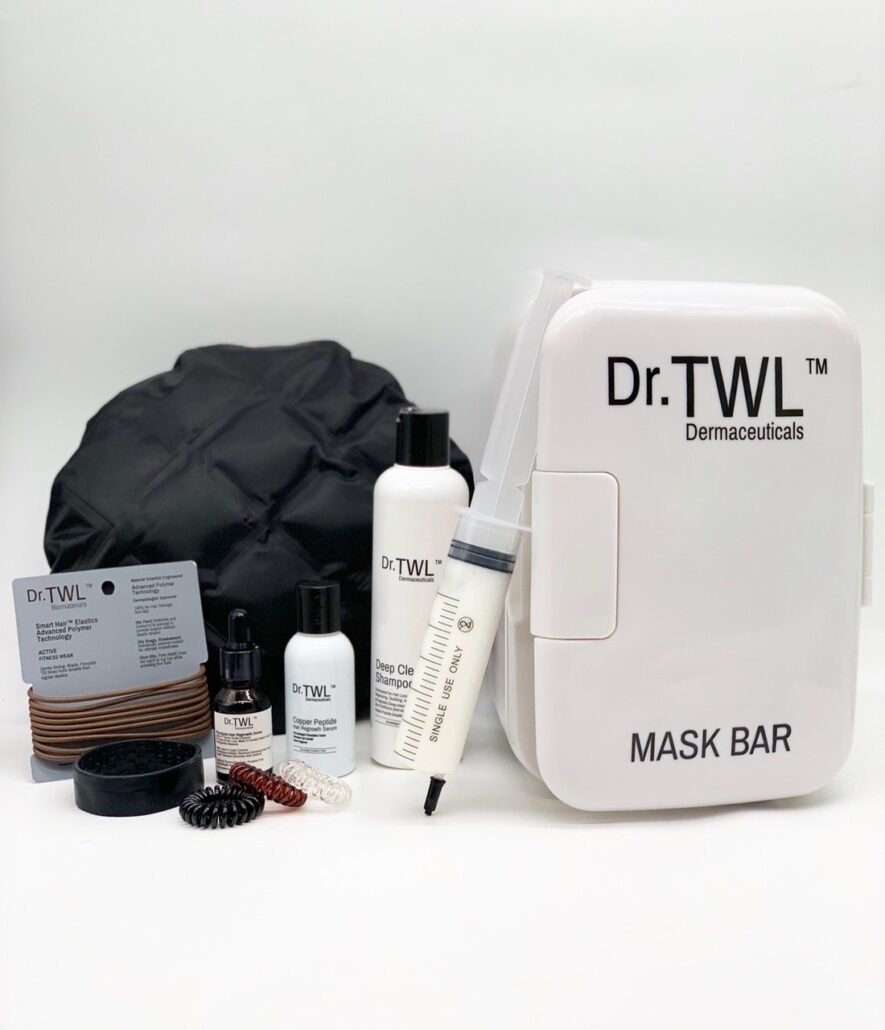
The Hair Mask Bar System is developed with a focus on environmentally conscious, science-backed botanical ingredients for a deep-conditioning home hair spa treatment. Our haircare formulation delivers salon-results, without the toxic chemical runoff associated with the traditional haircare industry for the best haircare treatment.
Another important way to smoothen and condition your hair is through the use of plant oils. The bioactive substances present in plant oils contribute to their moisturizing, conditioning, anti-inflammatory and antioxidant properties.

Use the LipiSilk Serum for the Dr. TWL hot oil hair treatment. Includes linoleic acid for hair shaft deep repair, and purified seed oil of Hippophae rhanoides (Sea Buckthorn Oil).
SHOP THE STORY

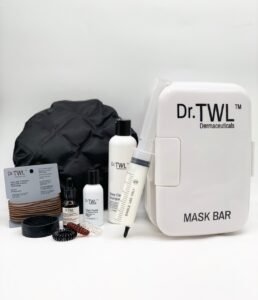
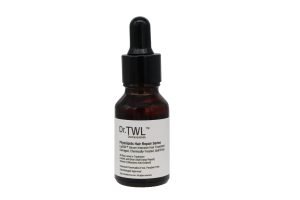
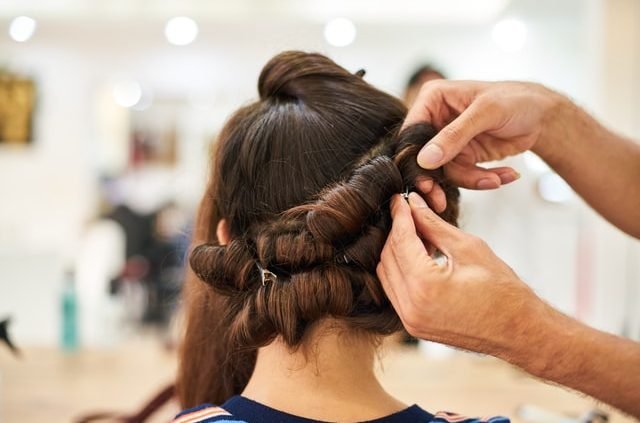








Leave a Reply
Want to join the discussion?Feel free to contribute!